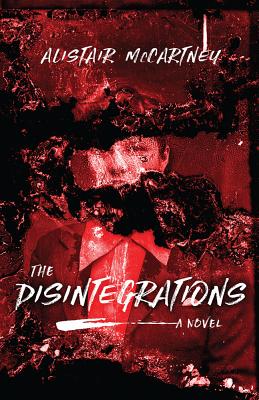
The Dead Are Everywhere
A SEMI-AUTOBIOGRAPHICAL meditation on death, Alistair McCartney’s The Disintegrations has the feeling of a conversation between new friends, exploring the idea of death through several stories.
More
A SEMI-AUTOBIOGRAPHICAL meditation on death, Alistair McCartney’s The Disintegrations has the feeling of a conversation between new friends, exploring the idea of death through several stories.
More
THERE ARE many reasons to read Janet Mock’s earlier memoir, Redefining Realness (2014), not least of which is that it serves as a prelude, if not a prerequisite, to reading her new book, Surpassing Certainty.
More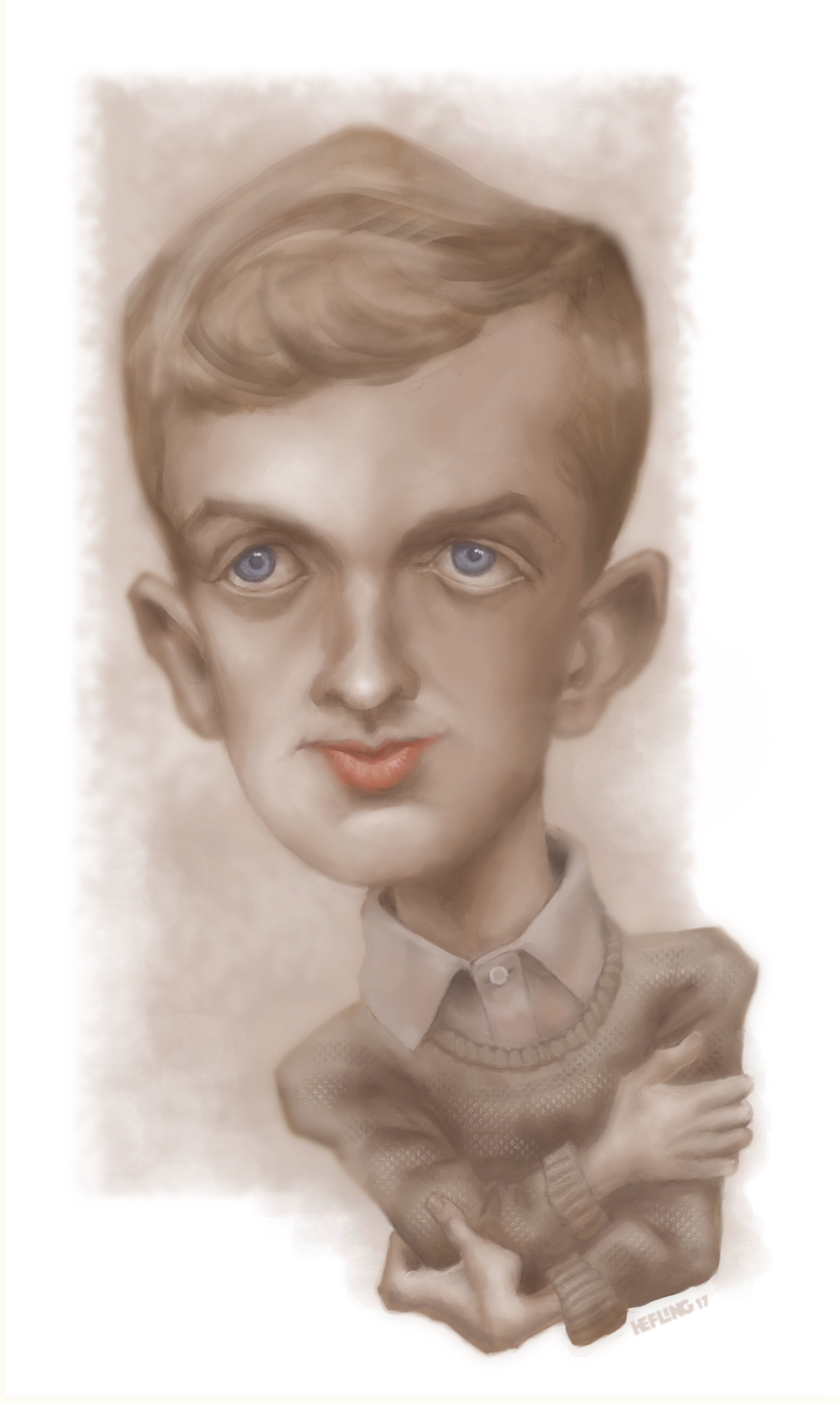
A coming-of-age story, The End of Eddy describes in graphic detail the tribulations of a gay teenager growing up in the depressed northern region of France during the late 1990s and early 2000s.
More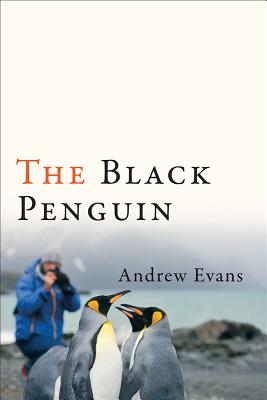
The Black Penguin is a thrilling book not only because Evans survives a bus trip to the bottom of South America but also because the Mormon Church disapproves of his homosexuality—a story that forms, in alternating chapters, a tale as harrowing as his journey to Antarctica.
More
Many more albums would follow over the ensuing fifteen years, featuring numerous songs that are now standards by Freddie Mercury, notably “Somebody to Love” (1976, the source of this book’s title), “We Are the Champions” (1977), and “Crazy Little Thing Called Love” (1979).
More
Lynn Comella is an associate professor of gender and sexuality at the University of Nevada, and Vibrator Nation represents a two-decade project that became her dissertation in communications.
More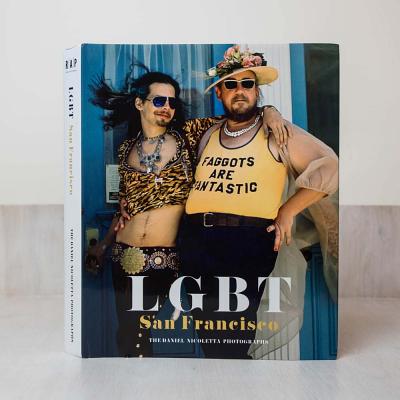
Nicoletta’s images in LGBT San Francisco can be read as an epic narrative: not a static moment but an unfolding drama. There are images of Sean Penn and Harvey Milk placed side-by-side, and there are juxtaposed reenactments such as: Supervisor Harvey Milk’s Inaugural Walk from Castro Street to City Hall
More
In Jane Crow, Rosalind Rosenberg delineates Murray’s education, career, and personal life in the context of American history.
More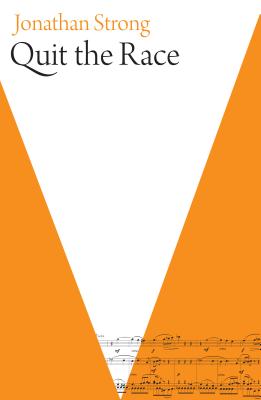
Jonathan Strong’s new novel, Quit the Race, deals with the challenges of old age. A persistent theme of his writing, the difficulty of knowing another person or even of knowing one’s own heart, permeates this latest addition to his impressive œuvre.
More